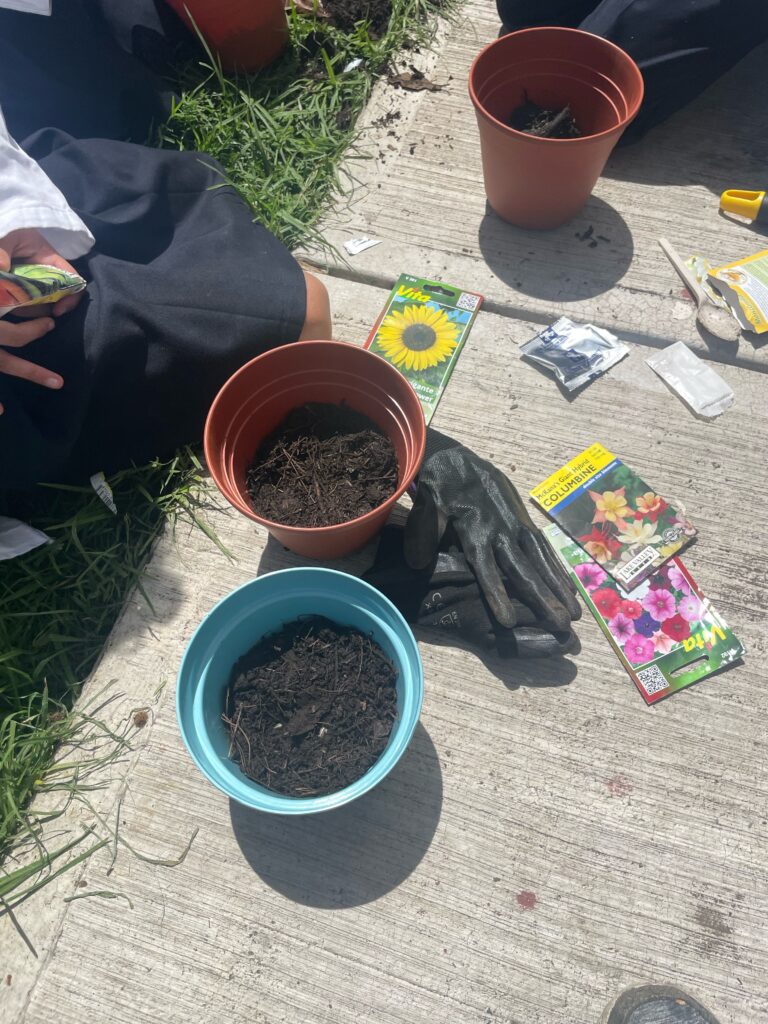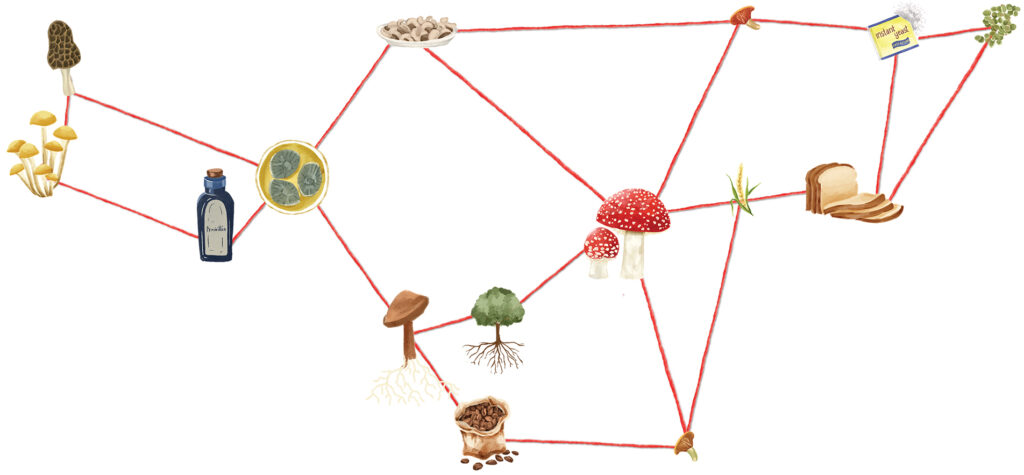How online trends and trade may be the next threat to endangered plants
In April of 2021, four plants went missing from outside the gates of the Gurukula Botanical Sanctuary in the Western Ghats of Wayanad, Kerala. The plants were closely related to the ubiquitous money plant and belonged to the genus Anthurium, which is prized for its ornamental foliage. Weeks later, amidst occasional smaller disappearances, a large Anthurium warocqueanum plant—also known as the ‘Queen Anthurium’—went missing from inside the gates. The targeting of exotic species, and the circumstances surrounding the thefts coincided exactly with cases I had heard of while working at the Auroville Botanical Gardens in Tamil Nadu. These cases also reminded me of the thefts of rare species from Kew Gardens in 2014, and more recently, from the Penang botanical gardens in Malaysia. Intrigued, I contacted Suprabha Seshan—a restoration ecologist and the head of the trust that runs Gurukula—and she quickly confirmed my initial impressions. The instances at Gurukula and Auroville are part of a larger trend linking the global horticultural trade, the desire for exotic species, and a worldwide houseplant renaissance sparked by the pandemic.
During my time at the Auroville Botanical Gardens (AVBG), many of the horticulturists related stories of orchids, ferns, and cacti going missing from their collections. The carnivorous plants were so tempting that before long, there were none left in the botanical gardens! As a result of these regular thefts, AVBG had little choice but to keep its collection of over 250 cacti species under lock and key in their specially constructed cactus house. Gradually, I began noticing a pattern in the cases—while the species and types of plants targeted seemed random, they had a common denominator. Almost all the plants that were stolen were of ornamental value, and had gone “viral” on the internet at some point. So it was not the priceless orchids native to the Western Ghats that were stolen, but the showy and common Cattleya; ray ferns native to the local sandstone hills—and almost impossible to find in cultivation—were left alone in favour of the exotic carnivorous plants; and the Stapeliads from South Africa in the cactus house were passed over for the internet-famous Astrophytum with its attractive white striations. I noticed the same trend in the Gurukula—while the sanctuary grows hundreds of species of rare plants from the Ghats, the species stolen belonged to the genera Diffenbachia and Anthurium. The latter, native to South America, has gained cult status in the plant world, with single cuttings being sold for well over $100 on online auction sites.
So, where is the problem? If the species being stolen are not native or endangered, and are easily replaceable, then apart from the inconvenience, aren’t the thefts fairly benign? The answer is no, and to understand why, it’s important to first understand how global plant trends work. To start with, these trends are not new.

From the Ottoman and later Dutch obsession with tulips in the 17th century, to the Victorian infatuation with tropical ferns and orchids, to the current craze over cacti and succulents in Japan, Singapore, and Southeast Asia, cultivating the unusual and exotic affords a rare thrill to growers. Historically, the possession of plants from across the world has been a powerful status symbol, and a way to show off one’s wealth. Today, it is a hobby for millions, but the channels of status and popularity have shifted from ballrooms and glasshouses to the realm of social media.
Characteristically capricious, plant trends change with the fashions and sensibilities of the day. Dutch tulips famously crashed and caused economic ruin, and Victorian orchids became so common that now they bloom on supermarket shelves everywhere. But these unpredictable changes in popularity coupled with the amplifying power of the internet make for a potentially dangerous powder keg. During the global COVID-19 pandemic, lockdown restrictions and online retail spurred a global surge in the number of people buying houseplants. Google searches for the term “gardening” spiked in March 2020, reaching an all-time high by May. Trends around owning ornamental plants sweeping social media can quickly translate into a massive demand for rare and unusual species, and this demand can be fulfilled by online retailers, nurseries and individuals, in an almost undetectable manner. Many plant conservationists fear for the remaining populations of rare species in the wild, should they be the targets of the next social media trend.
Horticultural trends have undeniably had effects on wild plant populations in the past, and in many cases continue to do so today. Foliage plants such as Peperomia, Hoya, Anthurium, and Begonia, are routinely smuggled out of South America, Southeast Asia and tropical forests elsewhere—often, many of these species are new to science. In the coastal cliff habitats of California in North America, wild populations of Dudleya, a rare genus of succulents, have been nearly exhausted due to illegal collection for sale in the exotic plant trade. Similarly, many South African succulents, such as Conophytum, have also been over-collected for horticultural trade to the point of endangerment. In fact, several online sale/auction websites prevalent among enthusiasts place a premium on rare and ‘unclassified’ species.

The anthropogenic Allee effect—a term used in wildlife trade to describe a syndrome of increasing prices with increasing rarity—applies robustly to the plant kingdom as well. CITES is a multilateral treaty that aims to protect endangered plants and animals by ensuring that international trade does not threaten their survival in the wild. While wildlife trafficking gets plenty of media attention, few people realise that of the 37,000 species currently protected under CITES regulations, more than 30,000 are plants, and over 90 percent of which belong to just one family: the orchids. Since horticultural demands for rare and unusual plants posing a threat to wild and endangered populations is a relatively new problem, conservation discourse is still divided on what may be the most effective way of addressing it.
Two broad viewpoints emerge on the horticulture of rare species. The first is vehemently against this, maintaining that it is too difficult to regulate and only feeds the dange rous premium on rarity. This viewpoint is supported by policies such as CITES which aim to regulate trade, but in practice make it nearly impossible to move plants and plant material across international borders, often even for accredited scientific institutions. Similarly, Gurukula Botanical Sanctuary maintains an ethos of pure environ mental conservation by aiming to remain non-commercial and by not selling any of their plants on the grounds that the commercialisation of any lifeform is intrinsically unethical. Suprabha Seshan believes that to remain devoted to conservation, one must also work towards stalling species extinction, which in the case of plants means keeping them out of large-scale commercial trade. She also points to the politics of resource appropriation: plant trade in India has a colonial legacy, which arguably caused more harm than any other factor to Gurukula’s regional Nilgiri ecosystem through the introduction of
exotic species—many of which have since become invasive—for large-scale plantations.
The other point of view suggests that by making endangered plants common in horticulture, one could sate the ever-growing demand for exotic plants, preventing their collection from the wild. This could be a distinct possibility due to the ease of large-scale propagation techniques, such as tissue culture, which are commonly employed in commercial horticulture. Eminent botanical institutions seem to back this stance. For instance, at Kew Gardens in London, one can buy a Wollemi pine sapling—one of the most endangered conifers in the world—for a little over $70. Paul Blancheflower, Director of the Auroville Botanical Gardens, insists that this approach is the only feasible way of protecting plants in the wild, as well as in scientific collections, such as those at AVBG and Gurukula. This also provides an addi tional source of income to these institutions, which helps fund vital conservation work. Conversely, the efficacy of this approach may vary between species and relies heavily on the supply of rare plants, which is tightly controlled by various institutions.
While neither of these solutions is a silver bullet, they both have potential and their application in the real world is dictated by specifics of region, taxa, and demand. However, one must think carefully about the implications of tying conservation goals to something as erratic as the plant trade.
The very real possibility of increasing the premium on rarity looms over the solution—people will always want what they can’t have, and in this case it may lead to further exploitation of wild populations. Two thirds of all cycad species, nearly half of all threatened cacti, and other plants prized as rarities and collectibles, are endangered due to over-collection and illegal trade—problems that horticulture has not addressed in the past. As we look to the future, we must ask whether cultivation can aid conservation, and if yes, how to frame and regulate it in a way that can truly be of value to conservation in the connected and clandestine age of the internet.

Further Reading
Lavorgna, A., S. E. Middleton, D. Whitehead, C. Cowell and M. Payne. 2020. FloraGuard: Tackling the illegal trade in endangered plants. London: Royal Botanic Gardens, Kew.
Pavord, A. 1999. The Tulip: The Story of a Flower That Has Made Men Mad. New York: Bloomsbury.
Hansen, E. 2001 Orchid Fever: A Horticultural Tale of Love, Lust and Lunacy. London: Methuen Publishing Ltd.





